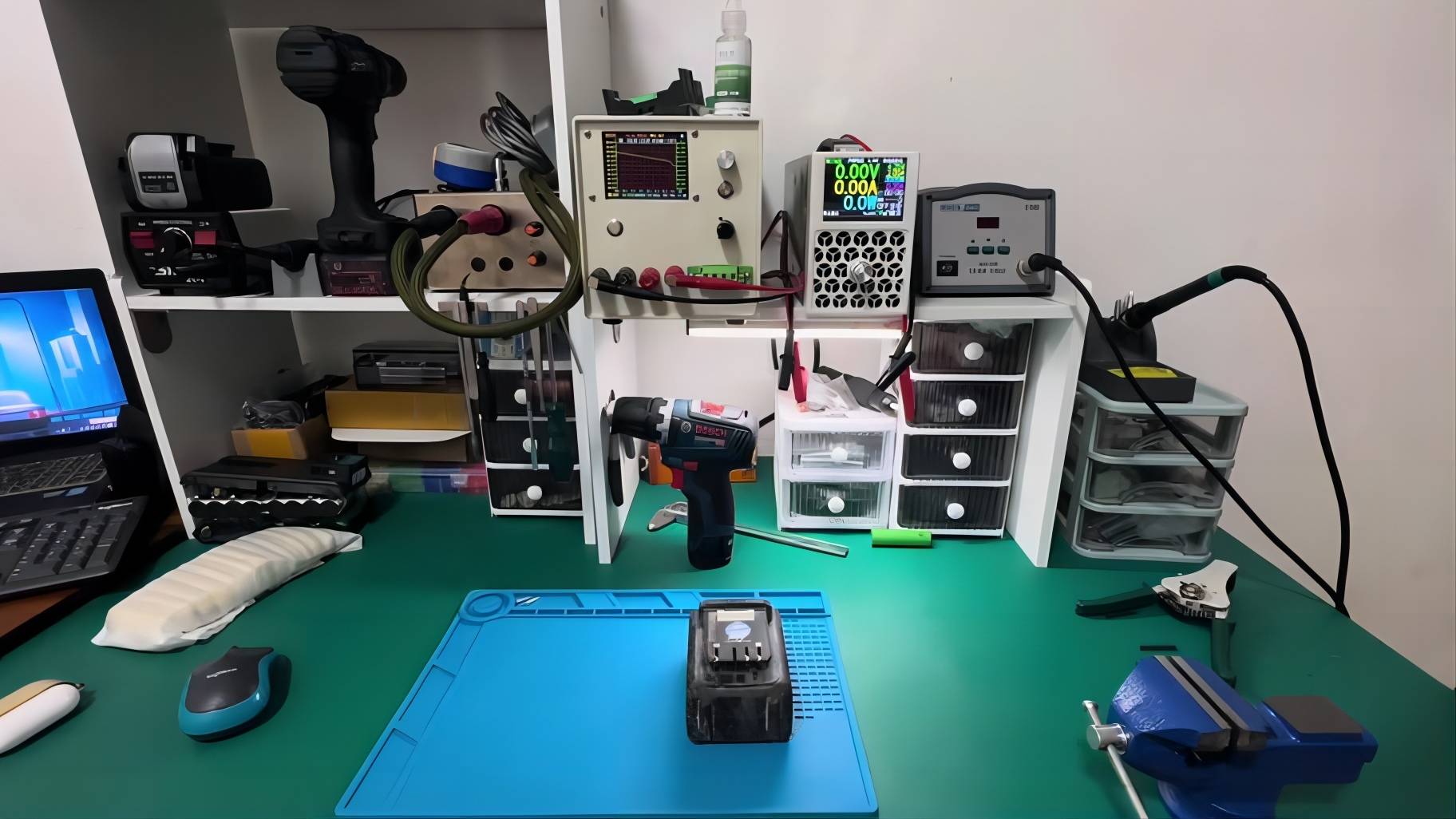Blog
How to Test New LiFePO4 Battery: A Comprehensive Guide to Steps and Precautions
Receiving a new LiFePO4 battery is an exciting moment, especially considering its excellent safety features and longevity. However, ensuring that your LiFePO4 battery is functioning correctly before use is essential. This article will guide you through the process of testing your new LiFePO4 battery, the tools you'll need, and important safety considerations to keep in mind.

Essential Tools for Testing Your LiFePO4 Battery
Before you begin testing, gather the following tools:
- Multimeter: A fundamental tool for measuring voltage, current, and resistance. It's essential for checking the voltage levels of your LiFePO4 battery accurately and diagnosing any potential issues.
- Battery Capacity Tester: This device helps evaluate the actual capacity of your LiFePO4 battery by discharging it at a controlled rate, providing valuable insights into its performance and efficiency.
- Safety Gear: Always prioritize safety. Use gloves, safety goggles, and a respirator if necessary to protect yourself while handling LiFePO4 batteries. This minimizes the risk of injury from spills or accidental contact.
- Notebook or Digital Device: For recording your findings, a notebook or app can help you keep track of voltage readings, capacity results, and any observations during testing.
Steps to Test Your LiFePO4 Battery
Step 1: Check the Voltage
The first step after receiving your new LiFePO4 battery is to check its voltage.
- Set Up the Multimeter: Adjust your multimeter to the DC voltage setting. Ensure that it's functioning properly by testing it on a known power source first.
- Disconnect the Battery: Ensure the LiFePO4 battery is not connected to any circuit to avoid interference during testing.
- Connect the Multimeter: Attach the red lead to the positive terminal and the black lead to the negative terminal of the LiFePO4 battery.
- Read the Voltage: Check the voltage reading on the multimeter. It should fall within the manufacturer's specified range typically around 3.2V to 3.6V per cell for a fully charged LiFePO4 battery. If the voltage is low, charge the battery before use.
Step 2: Test the Capacity
Next, evaluate the capacity of your LiFePO4 battery to understand its performance in real-world applications.
- Connect the Battery Capacity Tester: Follow the instructions to properly connect the tester to your LiFePO4 battery. Ensure the connections are secure to prevent any interruptions during the test.
- Set the Discharge Rate: Choose an appropriate discharge rate based on the battery's specifications, typically between 0.2C and 1C. Discharging too quickly can lead to inaccurate readings and potential battery damage.
- Initiate the Test: Start the discharge process and monitor the energy output and duration. It's helpful to have a timer to accurately record how long the test runs.
- Calculate the Capacity: After completing the test, use the recorded data to determine the LiFePO4 battery's actual capacity using the formula: Capacity (Ah) = Discharge Current (A) × Time (h) This gives you a clear picture of how the LiFePO4 battery will perform in actual usage.
Step 3: Inspect for Defects
After checking the voltage and capacity, conduct a thorough inspection for any physical defects in your LiFePO4 battery.
- Visual Inspection: Carefully examine the battery for cracks, bulging, or other visible damage that could compromise its integrity and safety.
- Check Terminals: Inspect around the terminals for signs of leakage, corrosion, or loose connections, which can indicate potential issues.
- Document Findings: If you discover any defects, take notes and contact the manufacturer immediately to address potential safety concerns. Keeping a detailed record helps in warranty claims or future troubleshooting.
Important Safety Considerations for Your LiFePO4 Battery
- Wear Protective Gear: Always wear gloves and safety goggles while handling LiFePO4 batteries to prevent accidents and injuries. This is especially crucial when working with lithium-based batteries, which can be hazardous if damaged.
- Follow Manufacturer Instructions: Adhere strictly to the guidelines provided by the manufacturer for both testing and charging your LiFePO4 battery to ensure safety and accuracy. Each battery model may have specific requirements that must be followed.
- Regular Testing: Make it a habit to regularly test your LiFePO4 batteries to monitor their health and performance over time. This proactive approach can help identify issues before they lead to failure.
- Proper Disposal: If you find any defective LiFePO4 batteries, dispose of them according to local regulations to prevent environmental contamination. Many areas have recycling programs specifically for lithium batteries.
- Keep Away from Flammable Materials: Ensure that the testing area is clear of any flammable substances. Lithium batteries can pose a fire risk if they fail or are damaged.
Conclusion
Testing your new LiFePO4 battery is crucial for ensuring its reliability and performance. By using the right tools and following these steps—checking voltage, testing capacity, and inspecting for defects—you can confidently assess your battery's condition. Regular testing not only improves efficiency but also extends the lifespan of your LiFePO4 battery. With proper care and attention, your LiFePO4 battery will serve you well for many years.
Contact Details
Lithium LiFePO4 Batteries and Lithium LiFePO4 Cells Supplier - LiFePO4 Battery Shop
Contact Person: Miss. Elena Wang
WhatsApp : +8615263269227
Skype : +8615263269227
WeChat : 15263269227
Email : info@lifepo4batteryshop.com
All Products
Certification
Customer Reviews
- I have fond memories of our meeting in Shanghai with LiFePO4 Battery Shop Elena. Your company left a strong impression on me with its impressive growth and professionalism. We both value straightforwardness and honesty, which I believe are the most important qualities in any partnership. I am confident that we can build a successful collaboration based on these shared values. —— Robert from USA
- I've been working with LiFePO4 Battery Shop for years, and their reliability is unmatched. While other suppliers frequently change sales teams, LiFePO4 Battery Shop has consistently provided exceptional service with a stable team. Their commitment to quality and customer support truly sets them apart. —— Henry from Australia



